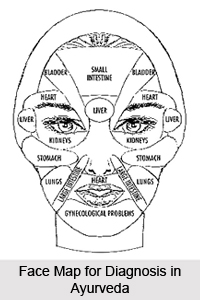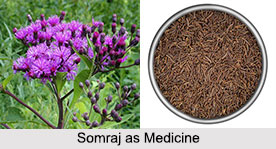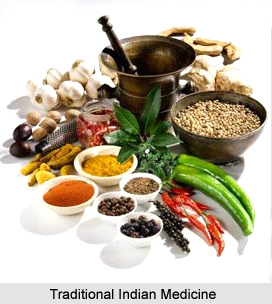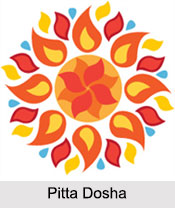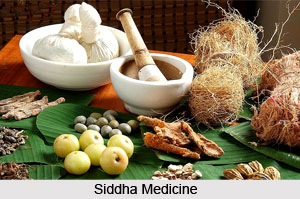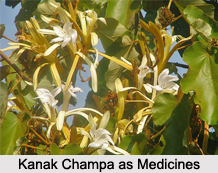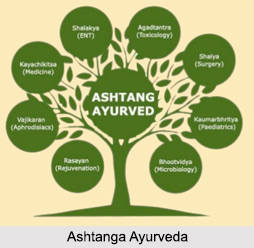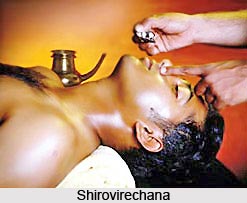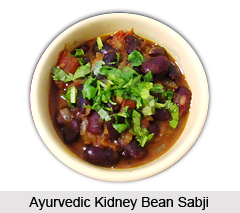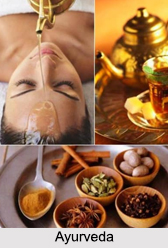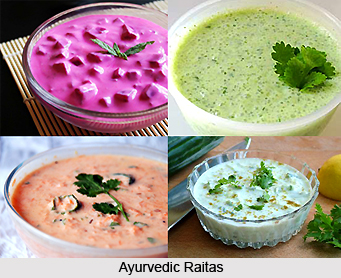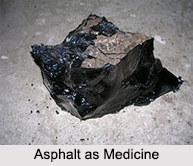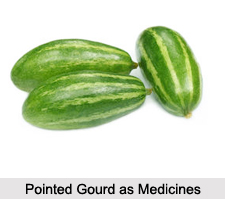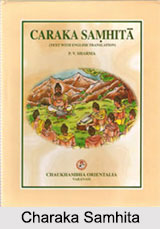 Charaka Samhita is the Ayurvedic text obtained from the ancient Indian tradition written by the great Ayurvedic physician Charaka. It is said to be the oldest of the three ancient treaties of Ayurveda. Charaka Samhita has relevance in the modern day practice of Ayurvedic medicine. Charaka Samhita and Sushruta Samhita are famous worldwide as an important source of old Ayurveda practice. Thus this book helps to gather an idea of the ancient medicinal practice.
Charaka Samhita is the Ayurvedic text obtained from the ancient Indian tradition written by the great Ayurvedic physician Charaka. It is said to be the oldest of the three ancient treaties of Ayurveda. Charaka Samhita has relevance in the modern day practice of Ayurvedic medicine. Charaka Samhita and Sushruta Samhita are famous worldwide as an important source of old Ayurveda practice. Thus this book helps to gather an idea of the ancient medicinal practice.
Source of Charaka Samhita
The text Charaka Samhita is written in Sanskrit. The term "Charaka" means "wandering scholars" or "wandering physicians" and "Samhita" denotes "collected" or "compendium". The original source of Charaka Samhita is the Agnivesha Tantra based on the teaching of Punarvasu. It is thought that Charaka has edited this work and in later times another Ayurvedic Scholar Dridhabala extended the Charaka Samhita further more. The Charaka Samhita was most probably written in Mauryan era (around 3rd century BC).
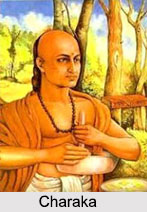 Context of Charaka Samhita
Context of Charaka Samhita
The text contains eight sections having 120 chapters in total. The eight sections are Sutra Sthana (General principles), Nidana Sthana (Pathology), Vimana Sthana (Specific determination), Sarira Sthana (Anatomy), Indriya Sthana (Sensory organ based prognosis), Cikitsa Sthana (Therapeutics), Kalpa Sthana (Pharmaceutics and toxicology) and Siddhi Sthana (Success in treatment).
According to the Charaka Samhita, the successful medical treatment mainly depends on four factors: the physician, substances (drugs or diets), nurse and patient. They all should possess certain traits in them and they are:
The physicians should possess some qualities like clear grasp of theoretical content of the science, a wide range of experience, practical skills and cleanliness.
The qualities that should be present in drugs or substances are abundance, applicability, multiple use and capacity to produce the desired effect.
The nursing attendant should be well aware of nursing techniques, practical skill, attachment for the patient and cleanliness.
The patients should also possess some quality to be promptly cured like good memory, obedience to the instructions of the doctors, courage and ability to describe the symptoms.
Classification of Medicine in Charaka Samhita
Charaka Samhita describes chiefly the use of vegetable products in numerous medicines. Apart from this, it also contains animal and earthy products. All these drugs are classified into 50 groups. This classification was done on the basis of their action on the body.
Charaka Samhita states that direct observation is the most remarkable feature of Ayurveda though sometimes it can be confused with metaphysics. Charaka Samhita gives emphasis on all types of evidences and says that those evidences are most dependable that are directly observed by eyes.






